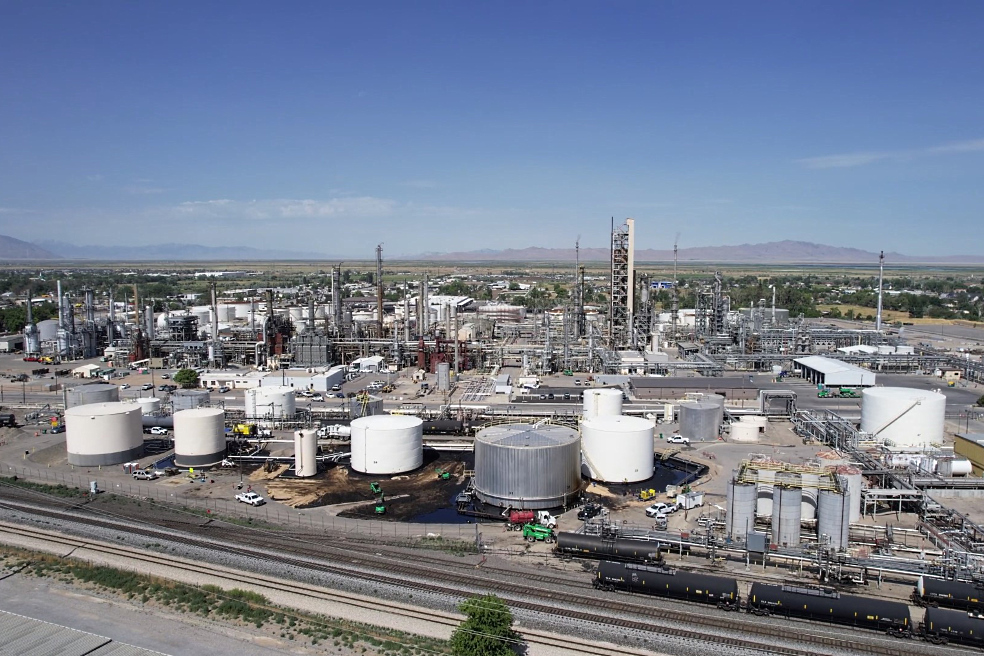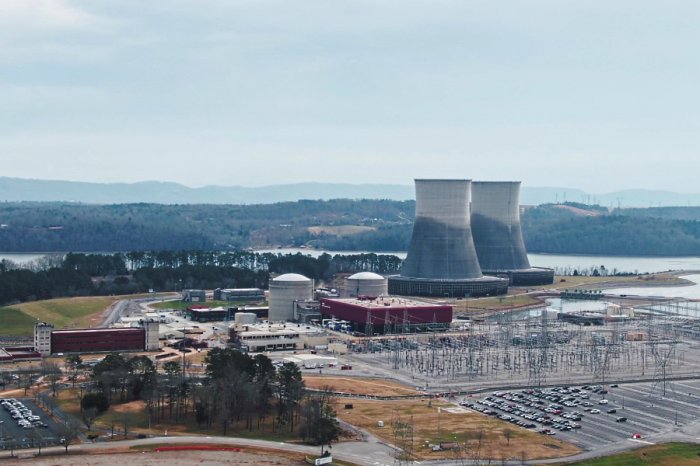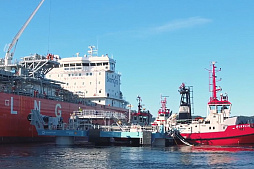After receiving the necessary documents and project presentation, our team will try to review your request as soon as possible, and leading experts will offer the best options for project funding.
A well-prepared financial model is an indispensable tool that provides a clear understanding of the economics of the chemical enterprise and its prospects, which allows sponsors to monitor the life of the project and adjust its parameters.
At the same time, this model serves as a basis for finding investors or attracting debt financing.
GCAM Investment Group offers a wide range of financial services for companies in the chemical industry, including long-term loans, project finance schemes, financial modeling, consulting and much more.
Our team of financial experts forecast several scenarios for the development of a chemical project and calculate its profitability depending on changes in key parameters, such as sales volume and prices, operating costs, risk factors and investment budget.
GCAM specialists will help your team prepare the following:
• Financial model.
• Forecast of cash flows of the enterprise.
• Calculation of the net value of assets.
• Analysis of project profitability and capital needs.
• Simulation of chemical plant activity scenarios.
• Analysis of project sensitivity to changes in various factors.
• Detailed financial analysis based on NPV, IRR, etc.
• Information memorandum, executive summary and much more.
Our company develops financial models using advanced software tools and environments, so as a result of the work, the customer will receive a fully automated document with flexible formulas.
The comprehensive model contains summary parameters of the chemical project, sources of construction financing, total investment costs, financing schedule, chemical product sales plans, forecast reports on cash flow, income and expenses, detailed analysis of project profitability and so on. This financial model of a chemical plant provides users with the opportunity to adjust the project in case of introducing new indicators and changing parameters and data during project implementation.
We also offer long-term financing of large industrial projects, including investment loans of up to 90% of the project cost.
Our proposals for large businesses start at 50 million euros, and financing terms reach 20 years, depending on the project.
Contact us for details.
Basics of financial modeling in the chemical industry
The financial health of a chemical enterprise directly depends on revenues, capital structure and assets.These factors determine the level of financial stability, liquidity and efficiency of capital use. There is a direct relationship between groups of financial indicators that characterize the financial health of a chemical plant. Indicators of financial stability characterize the capital structure and dependence of the enterprise on external sources of financing and are related to the turnover of accounts payable, while equity is affected by the profit received in the reporting period.
In turn, solvency ratios, which reflect the ability of a chemical enterprise to fulfill its obligations in a timely manner, are closely related to the turnover of working capital and accounts payable.
Financial modeling and forecasting makes it possible to effectively analyze complex and uncertain situations related to strategic decision-making.
Therefore, the financial model of a chemical plant serves as a financier's instrument that allows considering a large number of "what if?" scenarios. Forecasting allows project participants to obtain the most likely scenario of business development based on the analysis of the current situation and propose measures for its correction.
Financial modeling is particularly effective for solving time-consuming problems that require extensive practical experience and a high-quality methodological basis:
• Assessment of investment projects, formation and revision of the investment program.
• Comprehensive risk assessment and management.
• Forecasting cash flows and dynamics of the company's financial condition.
• Carrying out financial calculations of the business plan.
• Determination of optimal options for financing a chemical plant, its volumes and structure.
• Establishing regular business planning and investment decision-making processes.
• Modeling and evaluation of various business development scenarios.

Financial modeling is especially relevant in times of crisis, when the availability and cost of external financing decreases, the risks of loss of liquidity and business stability increase, and the most important condition for business development remains the growth of operational efficiency.
The financial model of a chemical plant provides a single solution to the following problems:
• Simulation of cash flows of planned activities and assessment of future financial indicators of the enterprise under construction.
• Finding and studying project elements, where the company's financial resources will come from and what they will be spent on.
• Creation of a mathematical basis for project risk analysis and restructuring of the company's risk management system.
• Ensuring continuous analytical work, allowing to quickly adjust and recalculate possible project options and business development scenarios.
• Significant time savings, as the model allows the financial team to avoid consideration of unacceptable options and unpromising investment projects.
Therefore, forecasting the financial health of the enterprise should be understood as the development of a system of scientifically based assumptions about basic and alternative structural changes in the assets and liabilities of the enterprise.
Given the complexity of the chemical industry in general, which depends on specific technological processes, fuel and electricity prices, market conditions, environmental legislation and many other factors, a complete financial model can be extremely complex and multifaceted.
GCAM Investment Group's professional team is ready to help you with financial modeling and forecasting at any stage.
Stages of creating a financial model of a chemical plant
In modern financial literature and practice, a large number of methodological approaches to the analysis and assessment of the financial health of chemical industry enterprises are proposed.When choosing certain approaches to forecasting financial indicators, the following features of the forecasting environment should be taken into account:
• Macroeconomic risk and uncertainty caused by global events, changes in legislation, market trends and geopolitical upheavals.
• The development of a high-quality financial model requires professional processing of a large amount of information within a strict time frame.
• Most of the financial indicators of an investment project are closely related, so a change in one of them automatically affects the expected values of others.
It is not always possible to obtain a sufficient amount of data to build an accurate and complete financial model.
On the one hand, many innovative technologies in the chemical industry have a short period of practical use, and, therefore, a small amount of accumulated data. On the other hand, the impact of unpredictable factors can lead to both gradual and long-term changes in financial indicators and short-term impulsive deviations. As a result, the horizon of the developed forecast is narrowed, its quality deteriorates, and the scope of its application is significantly limited.
It is advisable to forecast the financial indicators of the enterprise using economic and mathematical modeling.
It allows the project team to display promising scenarios depending on a large number of factors. The adequacy of the forecast depends on the correctly chosen procedure and logic of building the financial model.
Typical stages of creating a financial model of a chemical plant:
1. Collection and analysis of initial data for the financial model, including production and financial indicators.
2. Highlighting key factors that are considered drivers of the future financial model.
3. External factors affecting the performance of the chemical plant (market trends, exchange rates, inflation, gas prices, etc.).
4. Development and comparison of financial models of alternative scenarios or variants of investment projects.
5. Calculation of investment and financial indicators, in particular, the terms of long-term investment lending.
6. Analysis of the stress resistance of the project to changes in the external environment (for example, settlements with suppliers).

At the first stage of developing a financial model, information is collected and verified, on the basis of which modeling is carried out.
The reporting must meet the criterion of consistency (a continuous series of reported data) and comparability (the same methods of calculating).
The complexity and planning horizon of the model should be determined by the goal of forecasting and can be justified by increasing the reliability of the forecasted data.
Initial data for the financial model of the chemical project includes numerous macroeconomic indicators (inflation, prices for chemical raw materials and finished products, fossil fuel ans energy prices, interest rates, exchange rates), expected sales dynamics for a specific market, operating income and expenses, debt service, taxation and dividends.
The financial model must include the following:
• Dynamic relationships of key project indicators, initial data and project results.
• The results of calculations and the main forms of financial reporting (as a rule, a forecast balance sheet, a profit and loss statement, and a cash flow statement).
• Predictive key financial indicators such as EBITDA, ROA, operating cash flow, debt-to-equity ratio, and integrated performance indicators calculated from initial data.
The experience of the leaders of the chemical industry shows that a high-quality financial model and business plan along with professional technical documentation becomes the foundation of a successful investment project.
GCAM Investment Group is ready to offer comprehensive financial modeling and consulting services for chemical industry enterprises, mineral fertilizer plants, oil refineries and other industrial facilities around the world.






















